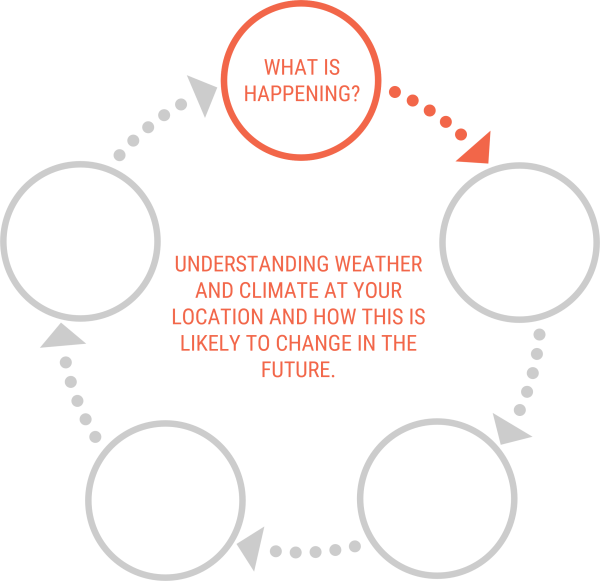The FCA programme is developing estimates of the impact of relative sea level rise on agriculture at a local and regional scale.
To inform these estimates the FCA programme has commissioned AgResearch to undertake a literature review on the impact of waterlogging on perennial ryegrass since sea level rise will raise water tables. The review included the impact of duration of waterlogging, the depth of the water table, plant/pasture age and quantification of impacts. Impacts of salinity on perennial ryegrass were also of interest, including any interactions between waterlogging and salinity.
The review report has found that:
- Although papers exist on the effects of waterlogging in perennial ryegrass, only a small number of them quantified impacts on yield that were relevant
- Experimental conditions in the different studies were very variable
- Most studies were pot trials and there was very little information from field studies.
Therefore it was not possible to group the studies into ranges of impact under different waterlogging conditions, nor definitively answer questions around duration of waterlogging, depth of waterlogging, and influence of plant age.
- Impacts from animal grazing under waterlogged conditions, such as pasture damage from pugging, will not have been captured by the pot trials in the literature.
- Search results included very few studies on combined waterlogging and salinity in perennial ryegrass, and these were in turf types. Generally, the combined stress is considered to have a greater impact than either stress on their own.
- For both waterlogging and salinity few New Zealand bred cultivars were included. As variation for tolerance was reported within perennial ryegrass for both stresses, this could be an important knowledge gap.
- Other factors not in scope for this review could also impact pasture or economic performance. For example, the impacts of waterlogging and salinity on feed quality could affect animal productivity (through product yield and quality) and farm profit.
The FCA programme is now working with AgResearch to conduct virtual experiments using a biophysical simulation model to generate functions that quantify the impacts of water logging and pugging damage on pasture production.

